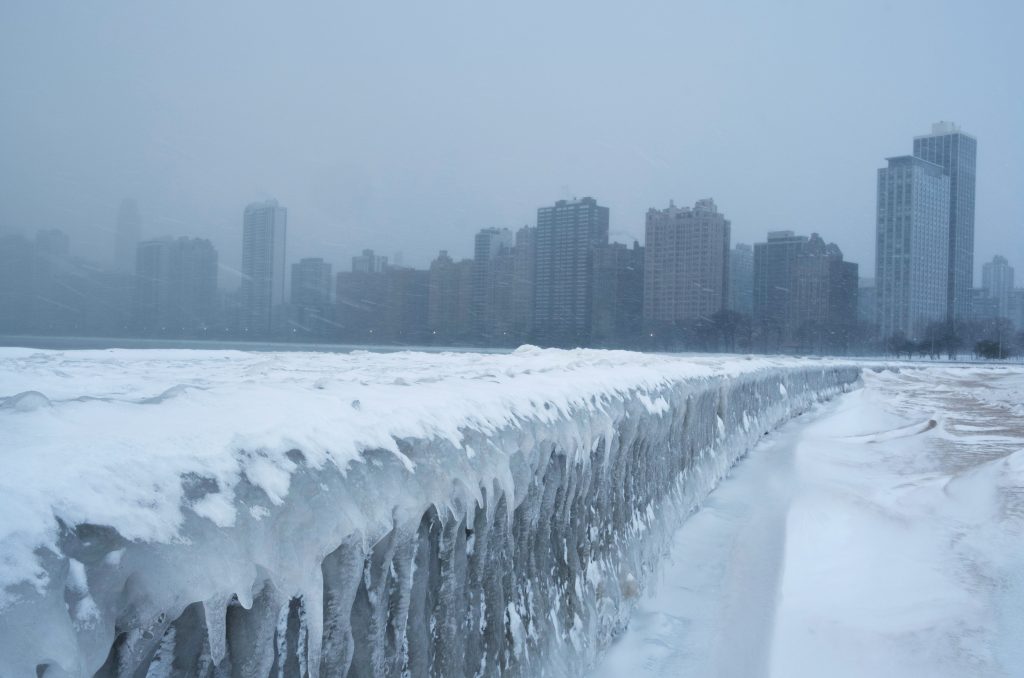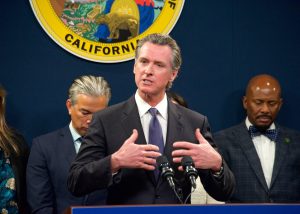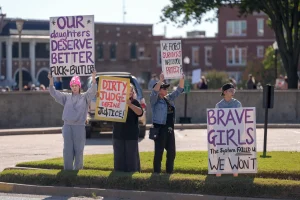Arctic Air Grips Central US: North Dakota Breaks Cold Records, 95 Million Affected by Polar Vortex.
An Arctic cold front sweeping across the United States is setting record-low temperatures, affecting over 95 million people as a powerful polar vortex plunges the central U.S. into one of the coldest spells of the winter season.
Temperatures across the Plains are breaking historical records, with several states, including North Dakota, seeing some of the lowest readings in decades.
Meteorologist Andrew Orrison of the National Weather Service described the event as “some of the coldest temperatures of the entire winter season right now across the central United States.”
The cold snap arrived after a series of intense storms had already wreaked havoc on the Eastern U.S., causing the deaths of at least 17 people. With wind chills reaching dangerous levels of -50 to -60 degrees Fahrenheit in parts of the Midwest, safety concerns have risen drastically, prompting closures and emergency responses.
Impact on Schools, Shelters, and Infrastructure
The frigid temperatures are forcing widespread school closures. In Oklahoma, Iowa, Minnesota, Nebraska, Wisconsin, Kansas, and Missouri, public school districts shut down or shifted to online learning, while communities have been scrambling to provide shelter for the homeless.
In Kansas City, Kansas, temporary housing units have been set up inside buildings to shelter those without homes.
North Dakota felt the brunt of the cold on Tuesday, with the city of Bismarck recording a bone-chilling minus 39°F, breaking the previous record of minus 37°F (minus 38.3°C) set in 1910.
Farmers and ranchers like Stephanie Hatzenbuhler, a rancher in Mandan, are adapting to the extreme cold, which is causing significant difficulties in everyday operations. “There’s always something new to learn and something new to experience. It doesn’t matter how many times you’ve done this, so you have to adapt,” said Hatzenbuhler, who described the experience as “the Siberian experience.”
Conditions in Oklahoma were similarly dire. Freezing rain, ice, and snow created hazardous driving conditions, with roads shut down due to numerous stuck vehicles. The Oklahoma Highway Patrol reported a significant build-up of ice on US Highway 75 between Tulsa and Okmulgee, forcing emergency crews to deploy salt and sand trucks.
Winter Storms Across the Country
Upstate New York also faced treacherous conditions as a lake-effect snowstorm hit the region, causing white-out conditions and leading to travel advisories. Parts of southeastern Wyoming experienced snowfall depths reaching 6.5 feet (1.98 meters), while areas from South Dakota to Missouri saw several inches of snow.
LATEST: The World's Richest Man - Jeff Bezos (Amazon) Reveals His Biggest Fears in Life
In Kentucky, which is still recovering from severe flooding, residents braced for another weather event: a winter storm expected to dump up to six inches of snow.
Kentucky Governor Andy Beshear highlighted the danger of the storm, stating, “This is a snowstorm in the middle of a natural disaster.” Tragically, the state’s death toll from weather-related incidents rose to 14, including two fatalities in Jefferson County linked to hypothermia.
Context: The Rise of Extreme Weather Events
This latest wave of extreme cold comes on the heels of several recent weather disasters across the U.S., a pattern that has been exacerbated by climate change.
Experts have long warned that such intense and unpredictable weather patterns are becoming more common as global temperatures rise. Cold air outbreaks like this one can lead to power outages, frozen infrastructure, and devastating impacts on vulnerable populations, such as the homeless or elderly, who are often at risk during extreme weather.
The increasing frequency of extreme weather events has spurred discussions around climate adaptation strategies. Many regions, especially those located in the Midwest and South, are considering enhanced infrastructure improvements, like stronger insulation and more resilient heating systems, to withstand such severe cold.
Experts emphasize the importance of continued investment in weather prediction and preparedness to better handle these events and mitigate their consequences.
Looking forward, scientists and policymakers are focused on strengthening climate resilience and reducing emissions to slow the frequency of these extreme events.
However, as temperatures continue to fluctuate unpredictably, the United States may face more challenges in adapting to these rapidly changing weather patterns, requiring continued innovation and adaptation across multiple sectors.




















